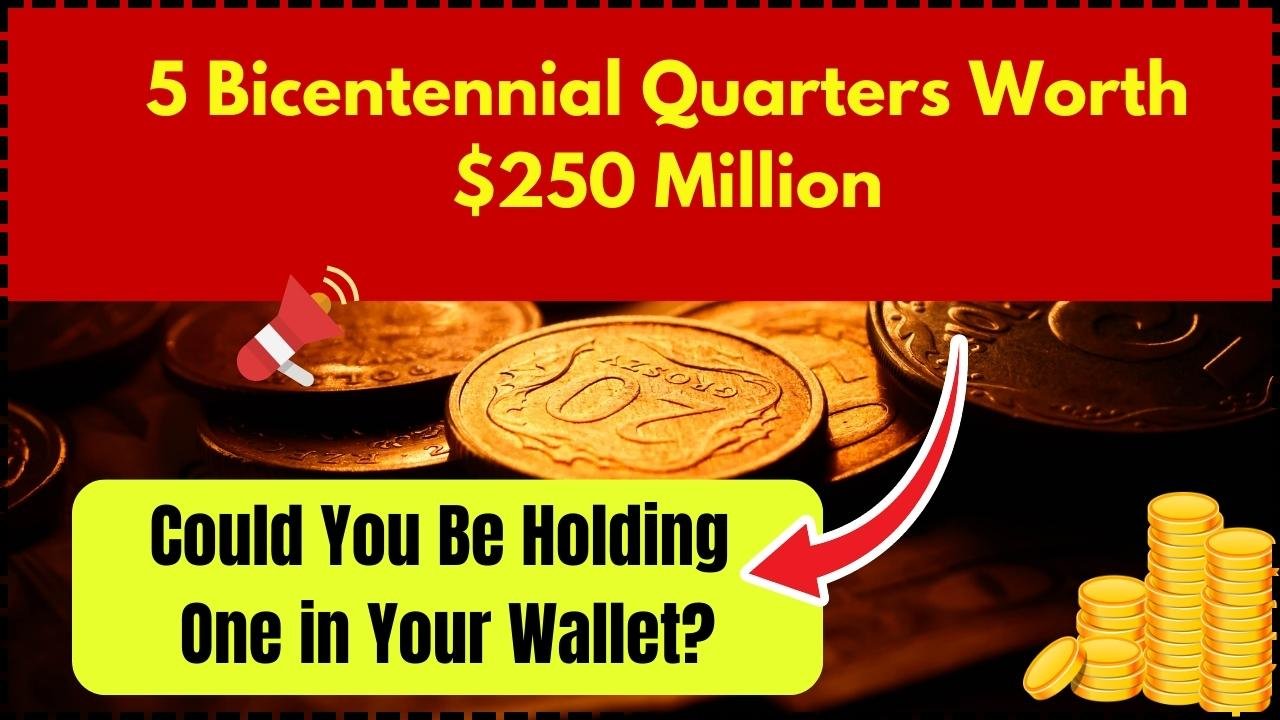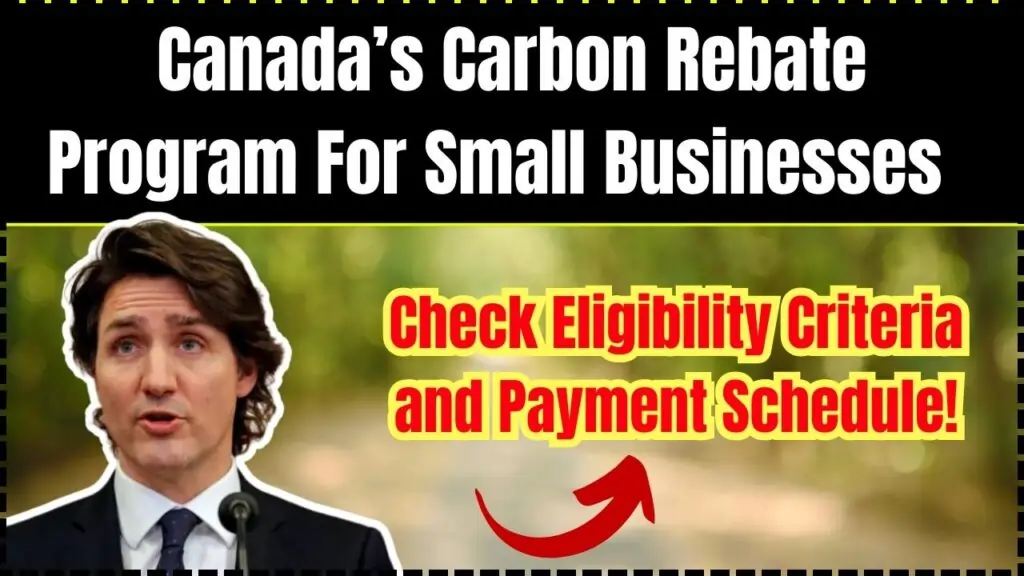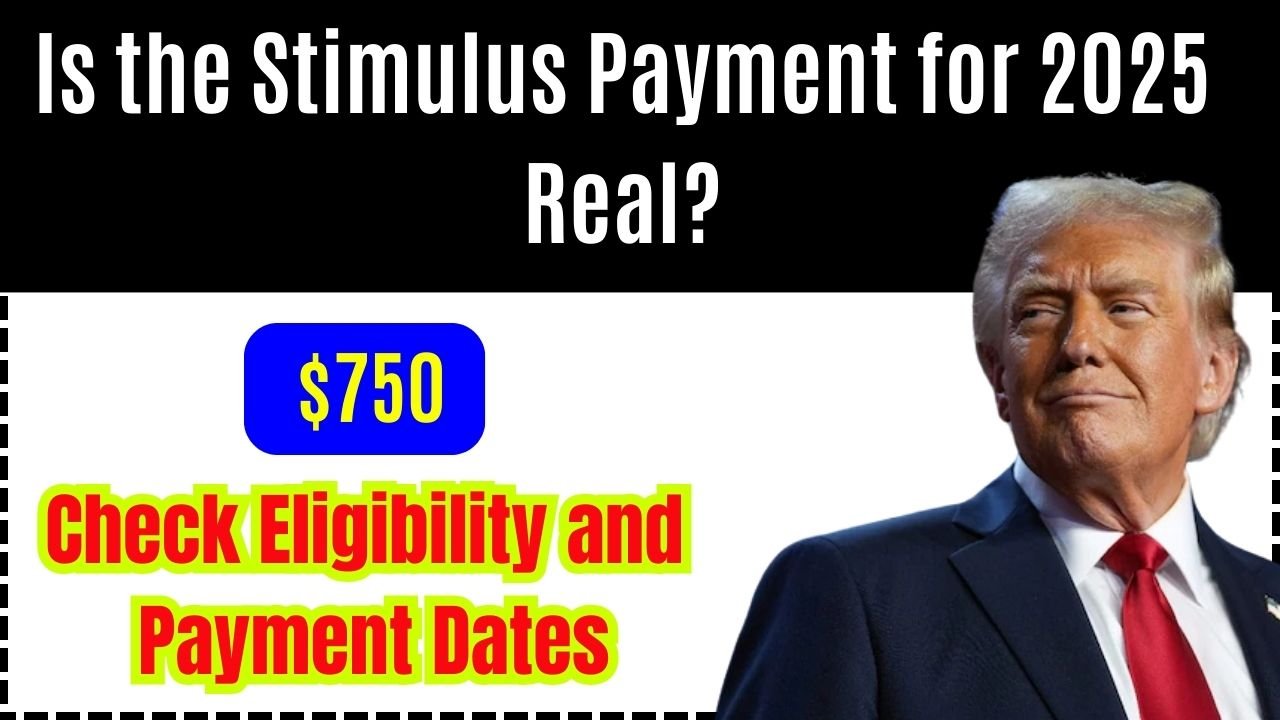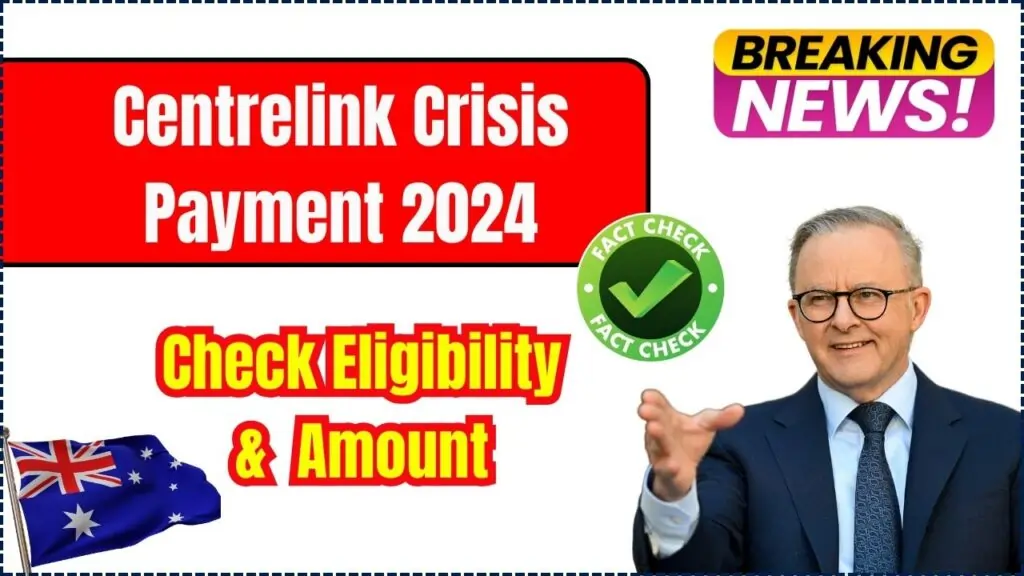Clif Bars and Kid ZBars Settlement 2024: If you bought Clif Bars or Clif Kid ZBars in the last 10 years you could be getting paid out as part of a $12 million class-action settlement. This settlement is about the way these snack bars were marketed—specifically the claims “Nutrition for Sustained Energy” and “Nourishing Kids in Motion”. Whether you grab a Clif Bar on your morning hike or a parent stocking up on ZBars for your kids lunchboxes this settlement could put some extra cash in your pocket.
In this post we’ll break it all down: who qualifies, how much you can get and the steps to file your claim before the February 1, 2025 deadline. Plus we’ll answer common questions and provide links to official resources so you don’t miss out.
What’s the Clif Bar Settlement About?
The lawsuit claimed Clif Bar & Company misled consumers by marketing their products as healthier than they really are. Phrases like “Sustained Energy” and “Nourishing Kids in Motion” suggested the bars were good for long term nutrition and kids health. Critics argued those claims didn’t match the actual sugar content and nutritional makeup of the bars.
Clif Bar denies any wrongdoing but agreed to settle the case for $12 million to avoid further litigation costs. If you bought Clif Bars or Clif Kid ZBars during the eligible period you can now file a claim to get paid.
Who Qualifies for the Settlement?
To qualify you must meet the following:
Residency: You must have purchased the products in the United States.
Time Frame:
- For California and New York residents: Purchases made between April 19, 2014, and March 31, 2023.
- For all other states: Purchases made between March 31, 2019, and March 31, 2023.
Eligible Products:
- Clif Bars with “Nutrition for Sustained Energy” or similar claims.
- Clif Kid ZBars with “No High Fructose Corn Syrup” or other nutritional claims.
- If you meet these qualifications you can file a claim.
How much you get depends on if you have proof of purchase:
No Proof of Purchase:
- 1-30 bars: $5
- 31-60 bars: $10
- 61+ bars: $15
With Proof of Purchase:
- $15 for the first 60 bars.
- $0.25 per bar for every bar beyond 60, up to a maximum of 50.
Example: If you bought 200 bars and kept receipts you’d get the full $50.
Why Proof of Purchase Matters?
Having proof of purchase—like receipts, credit card statements or order confirmations—can get you more money. Without proof you’re limited to $15 even if you bought more bars. So dig through those old receipts or bank statements if you can!
How to File Claim?
Filing is easy and takes just a few minutes. Here’s what you need to do:
- Visit the Website: Go to barsclassaction.com for forms, deadlines and instructions.
- Fill Out the Form:
- Online: Fill out the form on the website.
- By Mail: Download and print the form and mail to:
Bars Class Action Administrator, P.O. Box 671, Baton Rouge, LA 70821.
- Upload Proof of Purchase (Optional):
If you have receipts, upload them online or attach when mailing your form. - File Before the Deadline:
All claims must be filed by February 1, 2025 . Don’t wait!
Frequently Asked Questions
- Do I Need Proof of Purchase to File?
No, but if you have proof you can claim up to 50instead of 15.
- How Will I Get Paid?
Paid by check or electronic transfer, your choice.
- What If I Miss the Deadline?
If you miss the February 1, 2025 deadline you won’t be eligible. File early to avoid missing out.
- Why Did Clif Bar Settle?
Clif Bar denies the allegations but settled to avoid the cost and uncertainty of litigation.
Why File Claim?
This settlement gives you a chance to get paid for products you bought in good faith. Filing is free and easy and ensures you get your fair share of the $12 million. Don’t miss out!








